|
250 words
These assemblages are an ongoing studio project I began this year showing people who turn their backs on the noise of society, e.g. politics, social media, and cell phones, seeking solitude. They show people on beaches, alone as the individuals they are, even in a group. Our society is very group-oriented, and we are expected to conform to our groups. Through images and text, I show people, small as they are, who have carved out time and space for themselves. Prof. Arlo Kent is the main piece with smaller assemblages exploring the world more deeply. I start with collage that I’ve painted and dissected, and adhere it to canvas with wheat paste. Photographic images printed on acetate are layered and attached over the collage. The mats on the smaller pieces—windows within windows—are voyeuristic, like peering through a viewfinder. I want the viewer to experience the same feeling, preserving the feeling of aloneness I feel for the subjects. A handmade frame of ash completes each assemblage. Each piece shows the imprint of my hand. Blemishes are intentional, expected, welcomed, including uneven frames and exposed or stray pieces of collage jutting beyond the mat, especially now that we have AI. The pieces and the artist are guaranteed to be 100 percent human-made.
0 Comments
What can this possibly mean? Is it my commentary on the state of affairs in the United States? The world? The pandemic? Modernism? All of the above? And why all this pretentious French?
Here's why: I want to raise questions. 'Cause you have to think and interact with the painting. (I just don't get modern art, you say? That's like saying you don't understand a chair. You sit in a chair and you look at a painting, and that's all you need to know.) Except...except...dear viewer, I think you need to do more than just look at a painting; you need to interact with the painting. You need to engage! Theater nor painting, despite what I just wrote above about just looking, are not spectator sports. You must interact with them. You don't just buy a ticket to a play, sit back in the seat, and say, Ok, entertain me. You respond, you give the actors your energy so they can do their jobs. Nor do you look at a painting and say, entertain me. Do you speak French? Non? Then pull out your phone and pull up Google Translate. There, you've begun engaging. You do speak French? C'est bon! And isn't my French terrible? What about that? I know people who speak French; why didn't I call on them. Maybe I wanted the French to be bad. And the red, white, and blue? U.S. colors. And French and Russian, too! If that's as far as you get in one of my pieces, well, fine, I guess. But if I've hooked you somehow, keep going. That's what I want. When not on the page, it's not that a word's meaning diminishes, it's that it has to share its essence with other artistic elements, starting with the painting itself; with the thing that has been made. Words on a page have been put there by the writer, the typesetter, the publisher, in a way that makes the words stand out alone, emphasizing them and putting them on the page to show them with the intent to best communicate meaning that the order of the letters dictate. That changes when words are used to paint. In painting, even the reason for language has a different purpose.
To Be Human. Acrylic paint and colored pencil on board; 16" x 12". 2021
"There is a reason we have developed emotions such as empathy, kindness, compassion, and hope. We are a species capable of destroying ourselves. We developed these emotions out of survival. If we hadn’t, we probably would have destroyed ourselves long ago." The quote comes from a much longer monologue from a play, Turtles, that I wrote. The monologue ends with that line, "...and that is what it means to be human." Some might say, some might accuse, that artistically I like to obfuscate. That's not it at all. What it is, is that I don't like to give pat answers to questions, and I like to raise more questions than answers. I want the viewer or the reader to work. When they work, versus just sitting back a la Netflix and having information or opinions spoon-fed into their brains, as if the tops of the their heads were lifted up like so many lids off the slop bucket and the remnants of the dinner plates scraped in, people evaluate their own opinions and values. So, if the viewer works just a little bit, they'll get the gist of what I'm saying, and might come up with something on their own. And by God I love color. It's really hard for me to pull back on color. Even when you think I'm painting black, I'm painting color. It's not black, but more than likely phthalo blue mixed with a little Mars black, not the other way around. Nothing never ends the way I imagine it: paintings, stories, plays. And that's the fun of it all--the discovery. What you see and learn along the way about the world and yourself and your place in the world. If that doesn't happen, I get bored and stop. (It's the reason I quit acting and starting writing plays and making theater instead; I stopped learning about the world and myself from acting.) I had an idea for this painting and started it and the painting pretty much said, nope, I don't want to do that, I want to do this. It is exactly like listening to the characters as you write a story. And you can pretty much hear the clunking sound every time when a writer inflicts themselves into the story, where everything goes flat and you're removed from the world of the story. By listening to your painting you become a better painter. With the painting there is a teacher/student relationship. Don't ever think you know more about painting than the painting. And if I could explain it in all words I wouldn't have painted it. 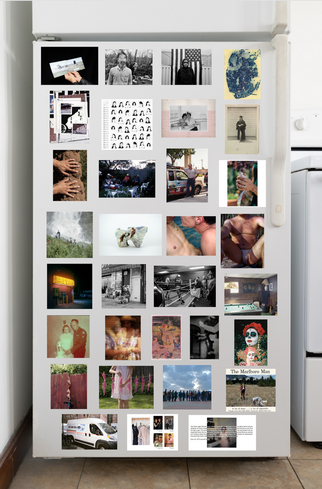 Click on the image to go to the exhibit. Click on the image to go to the exhibit. The Curated Fridge's Autumn 2020 show opened yesterday, and I was excited to learn the day before that they accepted one of my images. It's an exhibition I've always admired, and this was my third attempt. Third time a charm? That's my piece all the way at the bottom right. The curators were Raymond Thompson Jr. and William Camargo. The theme of this show was "Counter Archives." See the exhibition here >> From The Curated Fridge's website: "We want to reexamine the archive with a lens focused on what and who was left out. We are looking for work inspired by archives, whether it be written, oral, family stores, imagine pasts and futures, and beyond. We invite artists that work from archives and as well create a counter-narrative with their work." So...Counter Archives. 2020 saw me doing a lot of work on memory and family--the family archive in my mind and the one in pictures and in other people's memory--for a couple of reasons. In 2019 I had reconnected with my half-sister who I still haven't seen since I was 12 years old. But she and I have chatted on Facebook and talked on the phone about our past, our childhoods and how we were raised and what it's done to us, how it's made us who we are today. And two years ago I went back to the place of my birth after about 26 years. A lot of people told me they thought it would be good for me, that it would be good for my writing and my art. I was skeptical, and for the most part it brought up things in my past that I would have rather not have revisited. But the one thing that trip did was reaffirm that the best thing I ever could have done for my life was leave Ohio when I did. If I had stayed, I would have died, if not actually died, then metaphorically. The environment and my family would not have been a supportive environment for being and artist, and so much of what I value about the world and myself was not valued there and would have been destroyed, like flowers in the snow. It's not easy to dig into your past; it's a lot more fun to make ironic paintings of current events. With memory and family, I found myself really digging up old thoughts and feelings and addressing and responding to them, and then...dropping them. I couldn't handle the process without some real breaks. I've said many times, there's nothing like a really good repressed memory or feeling, and we human beings have developed them as defense mechanisms for a reason. There are a lot of things I just don't want to think about anymore. But...but...as hard and painful as it may be, it's important to look into the archive to see what's there. What was recorded, what wasn't recorded, and what was distorted. We are all the person we are today because of our individual pasts. For example, because of my past, I have almost zero trust in people, though I have to admit at times that has served me well, especially during my years as a journalist. (Journalists maxim: If your mother says she loves you, get two more sources.) My current editor told me recently that he assigned me to a certain story because he knew I wouldn't swallow the bullshit. Since November 2016, I had this feeling that the world is so familiar. All of this craziness and meanness, the lying and the instability that we see daily in the news. And then I realized, as a child this was how the world was in which I lived. I was constantly thinking about my family, "Can't you be fucking normal for one day?" And that's what I kept thinking about the current administration. If I can look at my past and see what it really was--the insanity, the shame, meanness--we as a nation can look at our past and face what was then, and what we've become of us now. Here's the piece that was accepted: And here are some of the other images in this series:
From the galleries' site: "This exhibition is an open call for postcard-sized responses to the COVID-19 pandemic. All submissions will be included in the exhibition and become part of the Wheaton College Permanent Collection. The exhibition is an effort to combat the social isolation this virus has forced on us. It is a chance to see, through the eyes of another, an expression of this experience. It is an opportunity to come together when we still have to remain physically apart." I was fortunate to be invited to submit to this show. They requested pieces no bigger than 5" x 7" (postcards!) of the work you've been doing during the pandemic. The postcards will become part of Wheaton College's permanent collection. While the exhibition emphasizes the results, the expressions, of artists' response to the pandemic, for me the process of getting there was just as important. At the start of the pandemic and the subsequent quarantine I, like many people I know, were able to look ahead and see that for scientific and political reasons, what was just beginning would be with us for a very long time. With that understanding I settled in for the long haul and took the opportunity to begin something that I had been dreaming of doing for quite a while: Go back into the studio (though in my case the studio is a table in the sun on my porch during good weather, or my kitchen table lined with old cardboard when it's not.) I will admit that for years I was frozen by a very silly but real fear of failure from attempting this, but the pandemic with its sights set directly on our mortality quickly overrode my fear. It was now or never. If ever I were to start drawing and painting--no! check that, for it was the classical definitions of drawing and painting and art that had frightened and deterred me as much as the embarrassment I thought I'd feel from friends who are very accomplished artists-- if I were going to start making art pieces--what I define as something that didn't exist yesterday--then now was the time to do it. I've always defined myself as a writer and an artist, and being an artist I would then say, I am an artist who primarily makes images (photography) or I am an artist who works in the theater. But the artist part always came first. I'm seeing on Facebook that a lot of my peers in the theater seem to be suffering more than others during the disturbances brought on by the pandemic because theater is all they know how to do. They write, it--acting, directing, scenic design, whatever the discipline--is something they trained their whole life for and now that the theaters are shut down they don't know what to do. As much as I love theater--and I do love it deeply and I did study it and paid a lot of money to a university to learn about it and devoted a lot of my life to it--the artist in me always found it restrictive because, if you were a playwright like I am, you really are not only not expected to be able to design a set, you're pretty much denied it. With any other artistic pursuit there's not just the expectation but almost a requirement that you'll explore other mediums. When funding for my theater went away, admittedly I was disappointed at first, but then shrugged and figured out something else to do. You really can't keep a creative person down; they will always find an outlet. As much as I love making theater, and as much as I love making images, right now I'm loving smearing and scratching and spreading paint. Like Hemingway tried to write one perfect sentence in a day, right now I'm just trying to make one perfect mark. You can love all of your children, you don't have to have a favorite. I'm not going to get into the steps of how I reentered the studio, how I replicated my old palette, bought former favorite art supplies like an enamel butcher pan or a collection of palette knives whose handles are already getting worn and paint-spattered. What became most important to me was suddenly how free I felt to do whatever I wanted, regardless of what the established art community might think. Don't even ask me what the "established art community" is or who composes it. I imagine in my mind they're all the gallerists and curators who'll I'll bump heads with later when I try to exhibit or sell some of this stuff. I used, and continue to use, tools I dug out of my toolbox like plumb lines, squares, and carpentry pencils. Right now some favorite tools are scrapers for stenciling I found on a pegboard in the painting department of a Home Depot. I use an old mat knife to scrape children's blackboard chalk to make dust, and transfer paper, i.e. good old-fashioned carbon paper. In other words I'll use anything or do anything to get marks on paper (and while today it's paper, who knows what it might be tomorrow!) I addressed and continue to address whatever is in front of me. A loved one. A favorite painting (can you spot the Hockney somewhere on this site?) The pandemic. And while I'm still taking baby steps, I'm growing every day, developing a painting language and an eye and through that growth I'm still very much aware that I'm alive, which is a good thing to be during a pandemic. Here are the pieces I submitted: How long did it take you to make it? It looks like something my sixth-grader could do. (Well, at least it's not his three-year-old; that's a step up.) It took weeks. Not weeks of hands-on work, but weeks of thinking, staring, dreaming about it in my sleep. So, I guess you could say, Welcome to my nightmare? No, not really a nightmare at all, but actually a very good memory. The impetus for this piece: I was at college and it was a beautiful spring day in southern Ohio and I was young and my life was ahead of me and I was hanging out with my roommates and friends. It's the time passing, and it's the now, that makes me do what I do; what makes the painting do what it does. You just have to listen and hear and look and see. What does the painting want you to do? And what I hope is that the viewer can see quickly what took me such a long time so see.
|
Author
John Greiner-Ferris is a politically motivated, multi-disciplinary artist in the Boston area. Sometimes he makes images. Sometimes he writes. Sometimes he does both. Archives
May 2024
Categories
All
|
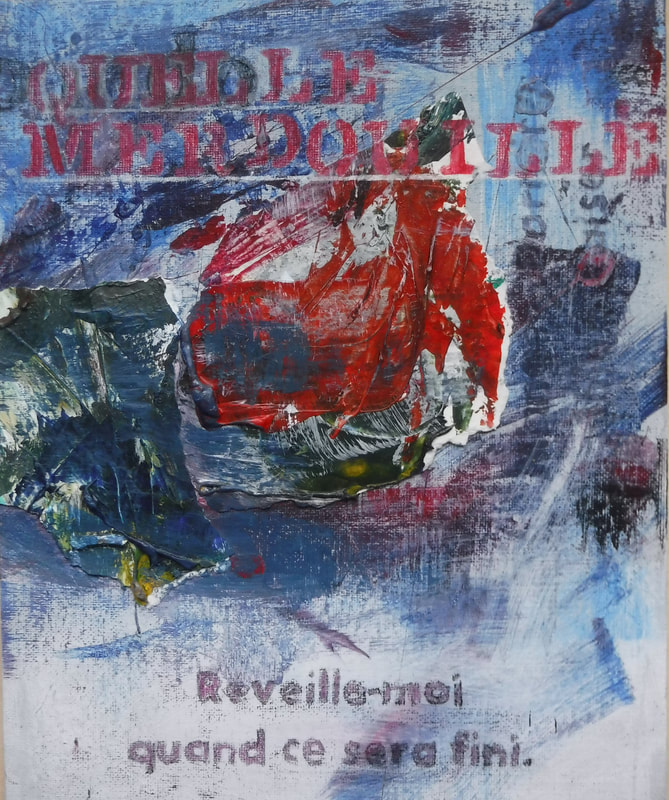
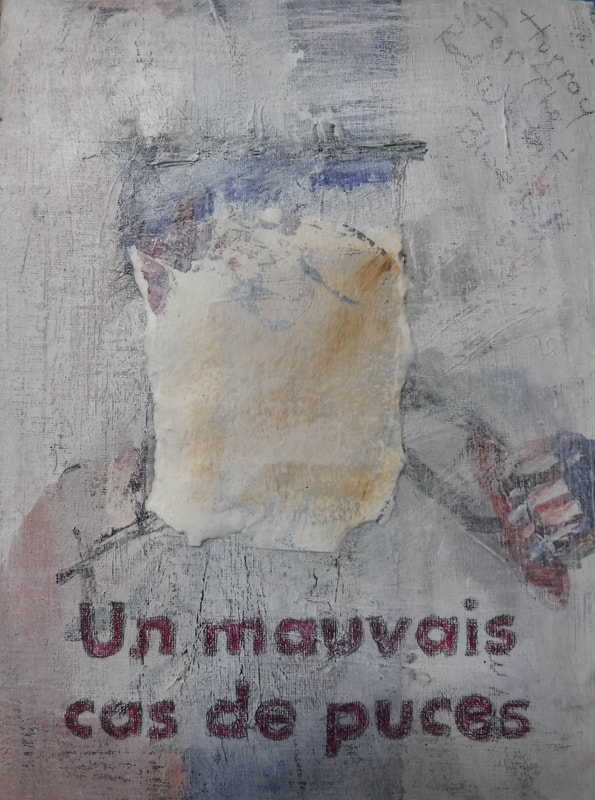
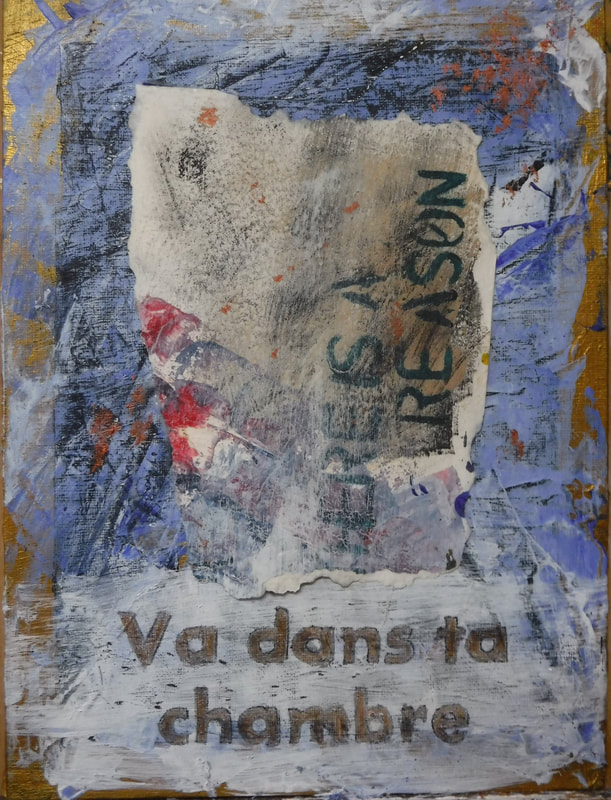
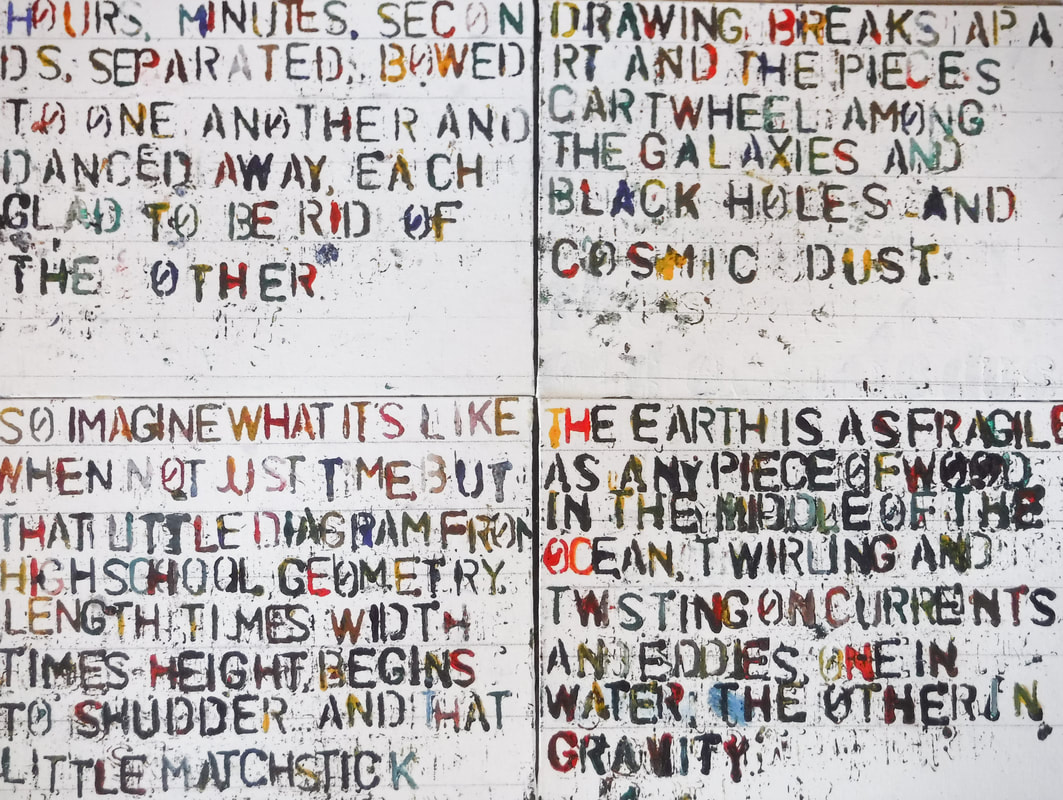
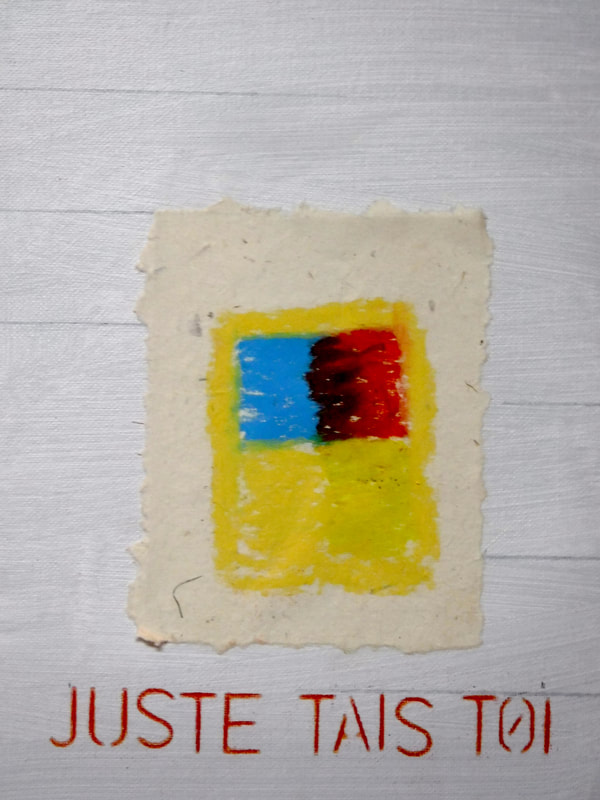
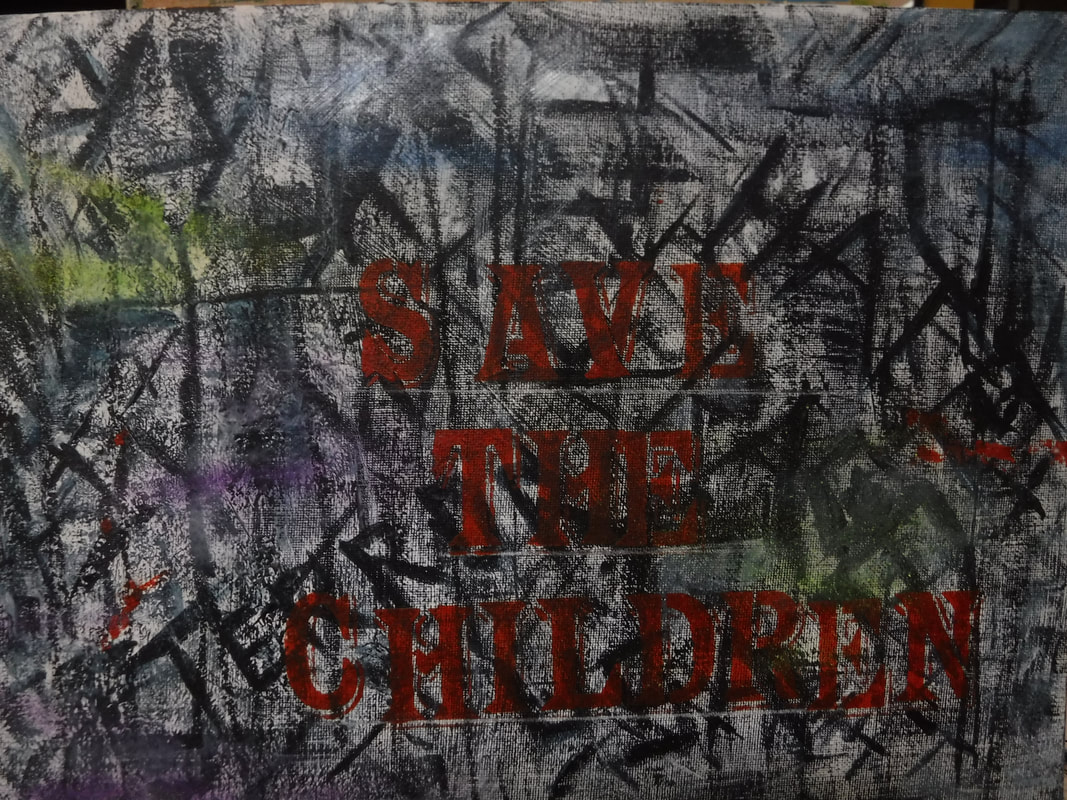
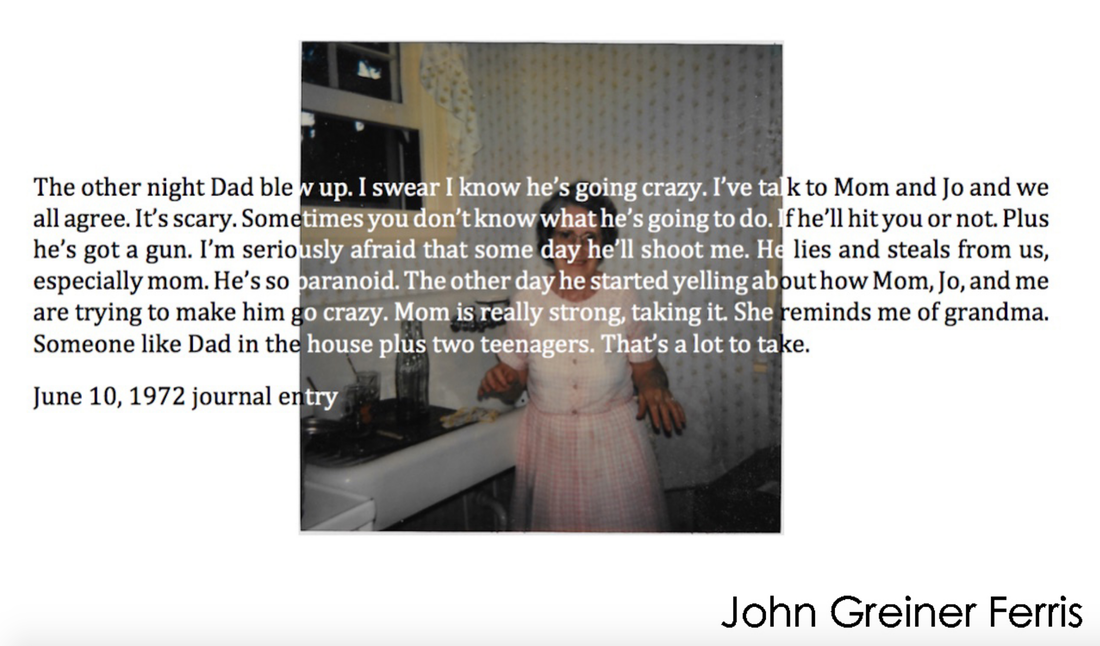
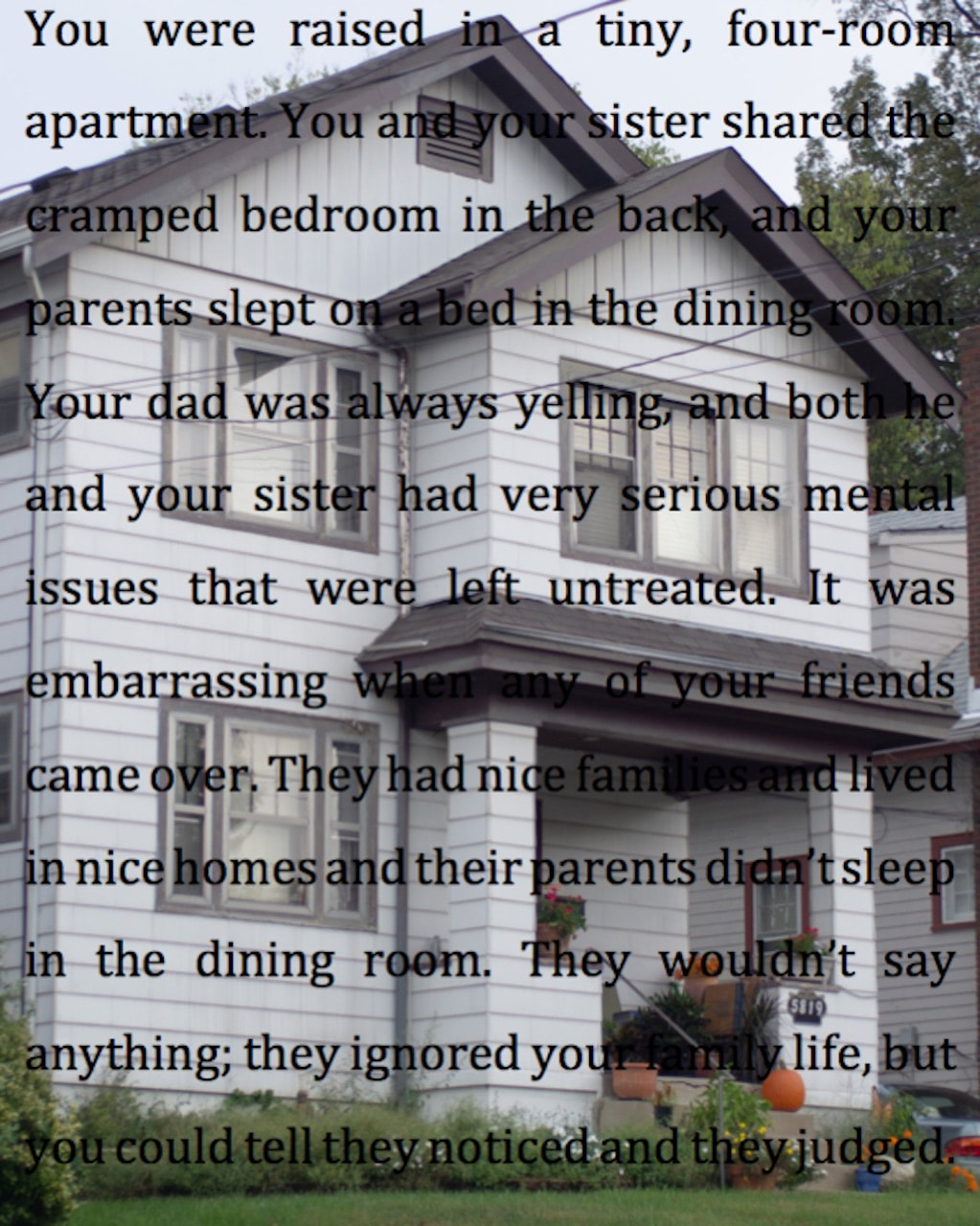
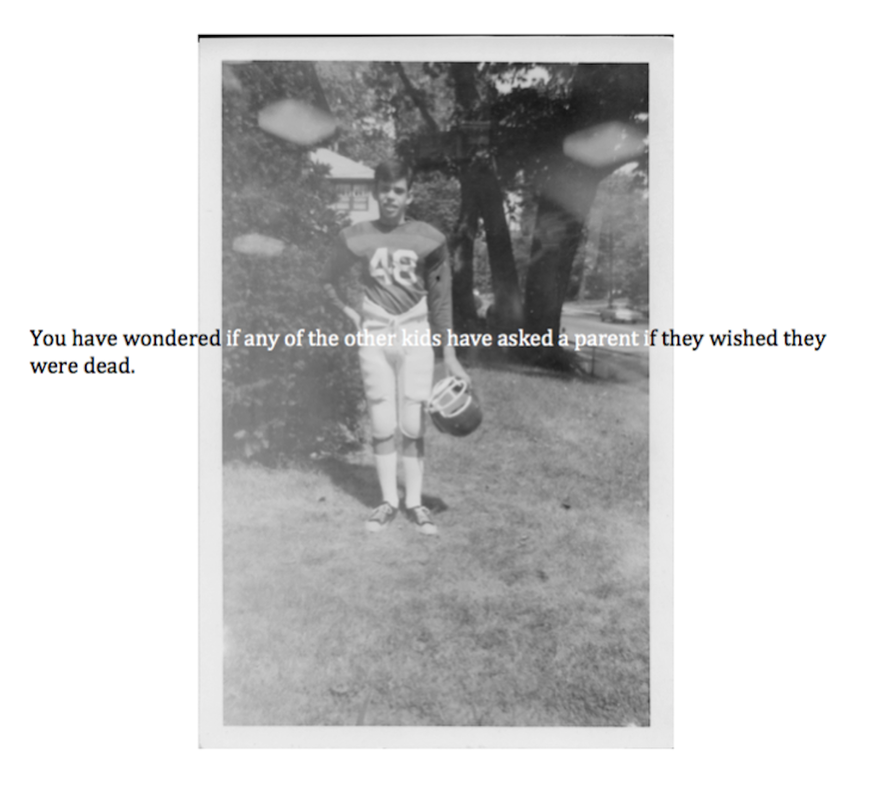
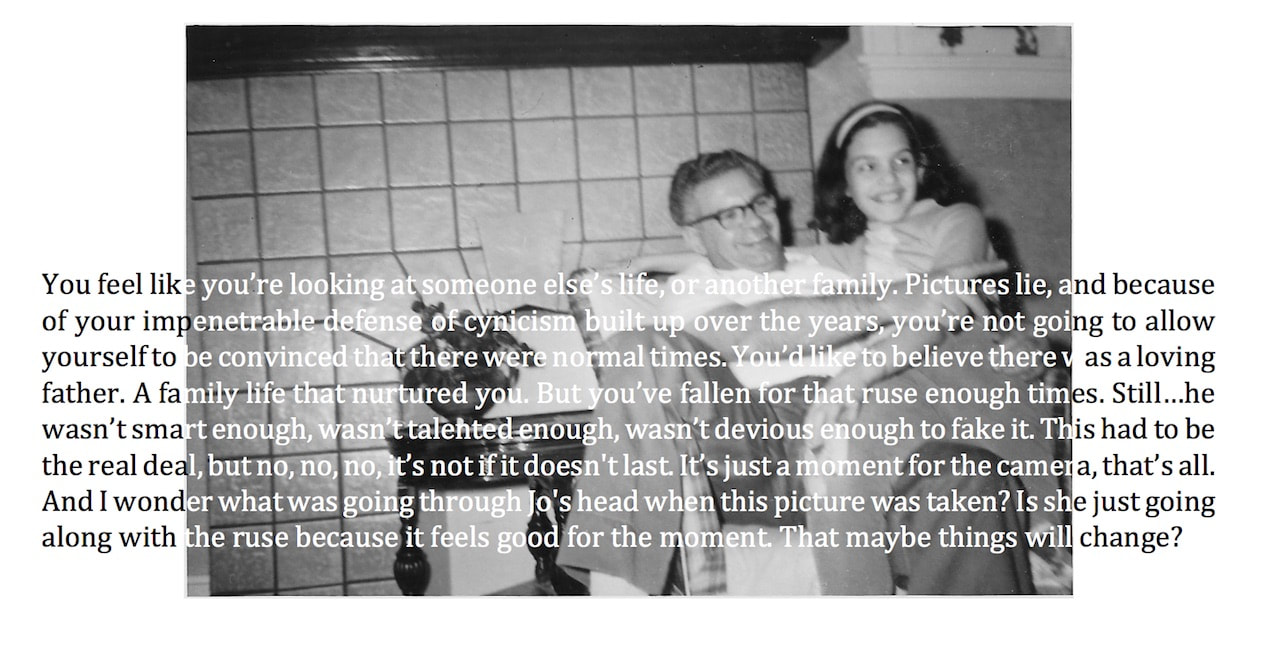
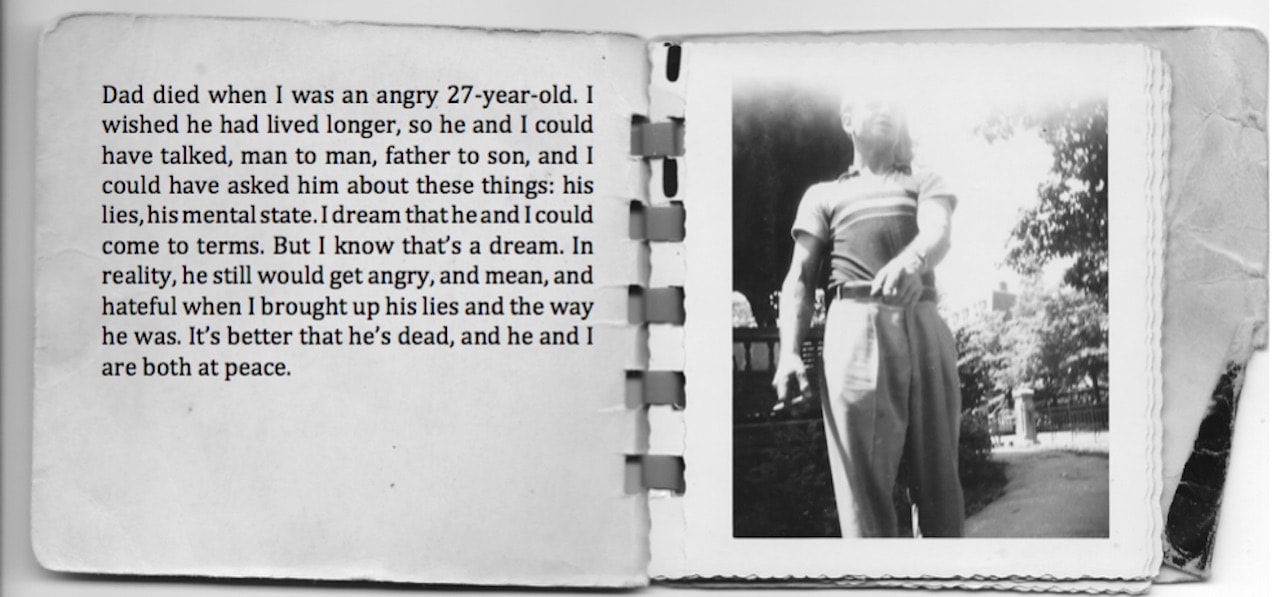
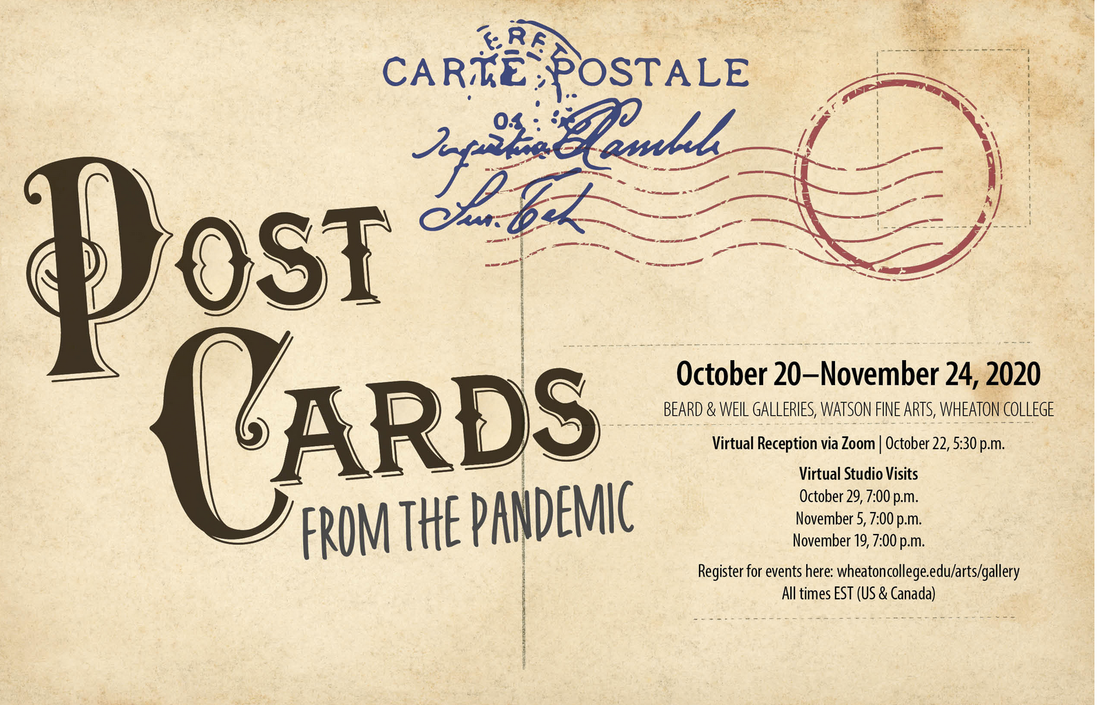
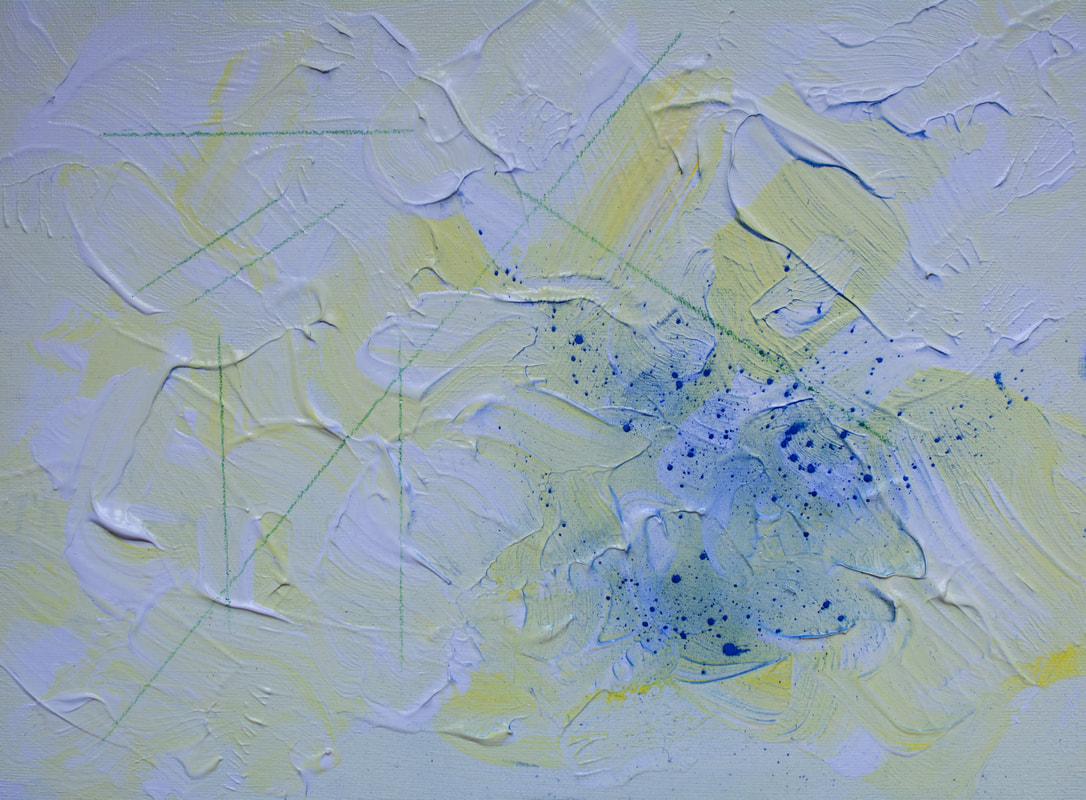
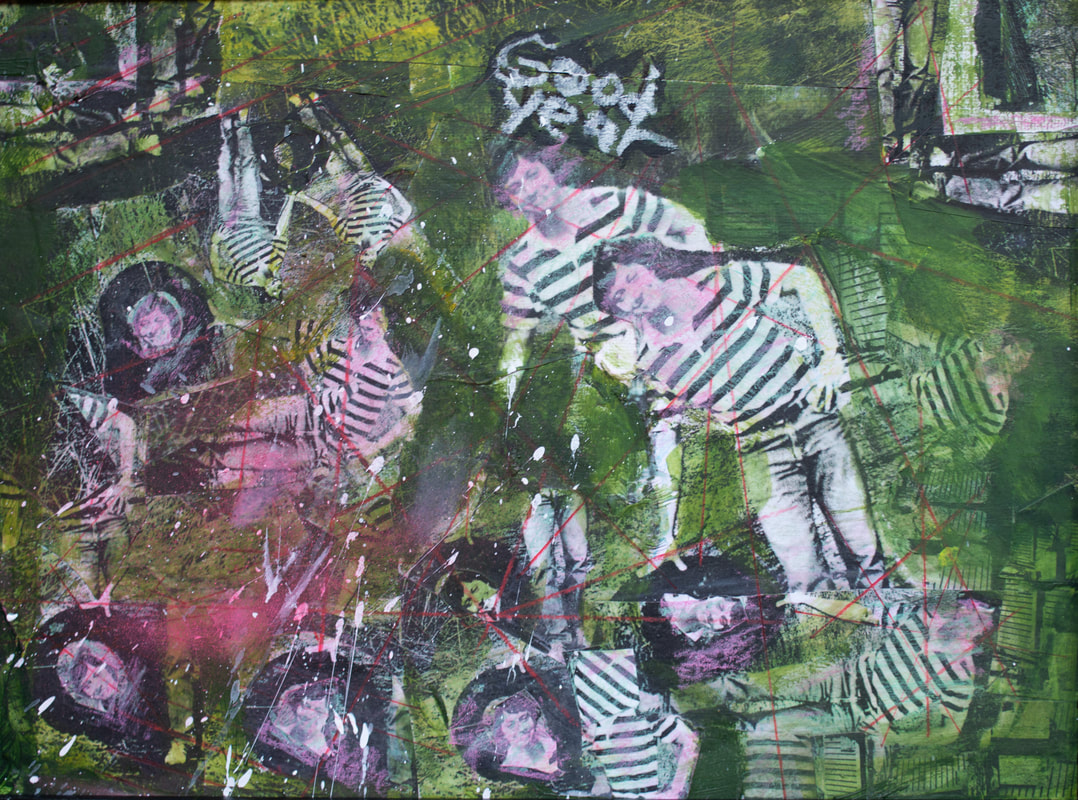
 RSS Feed
RSS Feed
